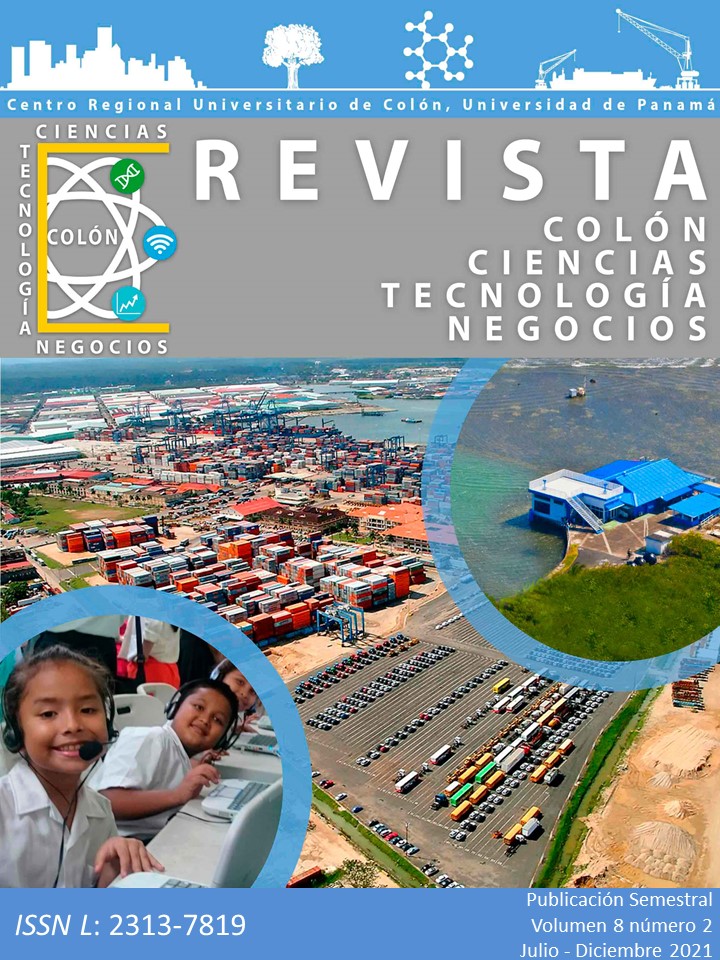

The present study was based on determining the extreme meteorological periods of rainfall and temperatures in a farm located in the Pimpiguasí sector, of the Portoviejo canton in the province of Manabí, using as a methodology the collection of rainfall and temperature data, provided by the station of the national institute of meteorology and hydrology located in the Botanical Garden of the Technical University of Manabí in the city of Portoviejo, in order to know the results of the extreme climatic variations presented during the years from 1959 to 2015. Being able to conclude that the factors meteorological events that represent a risk in the sector would be those of extreme measurements, such as El Niño phenomena, since the study area maintains an internal slope and is located in a geographically low area and in turn determining that the behavior of rainfall and temperatures in the study area is extremely changeable with this is the case of the phenomena of the child of 1983 and 1997 - 1998; the average temperatures behave in the same way, but it can be seen that as of 2013 the trend of the average temperature reflects a process of increase, when high temperatures are recorded during one year there is a direct relationship with the highest rainfall in the following year.